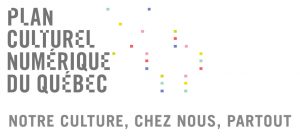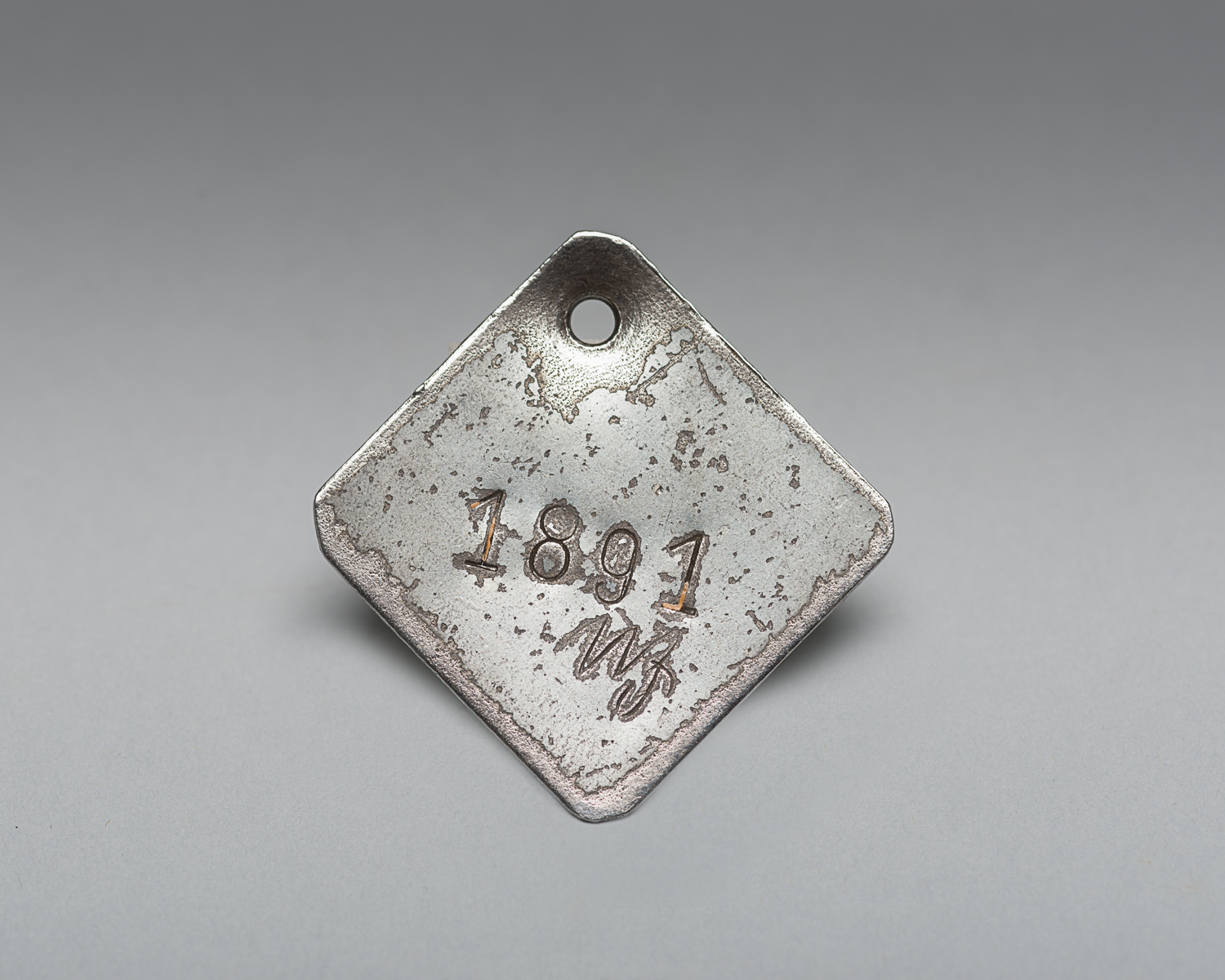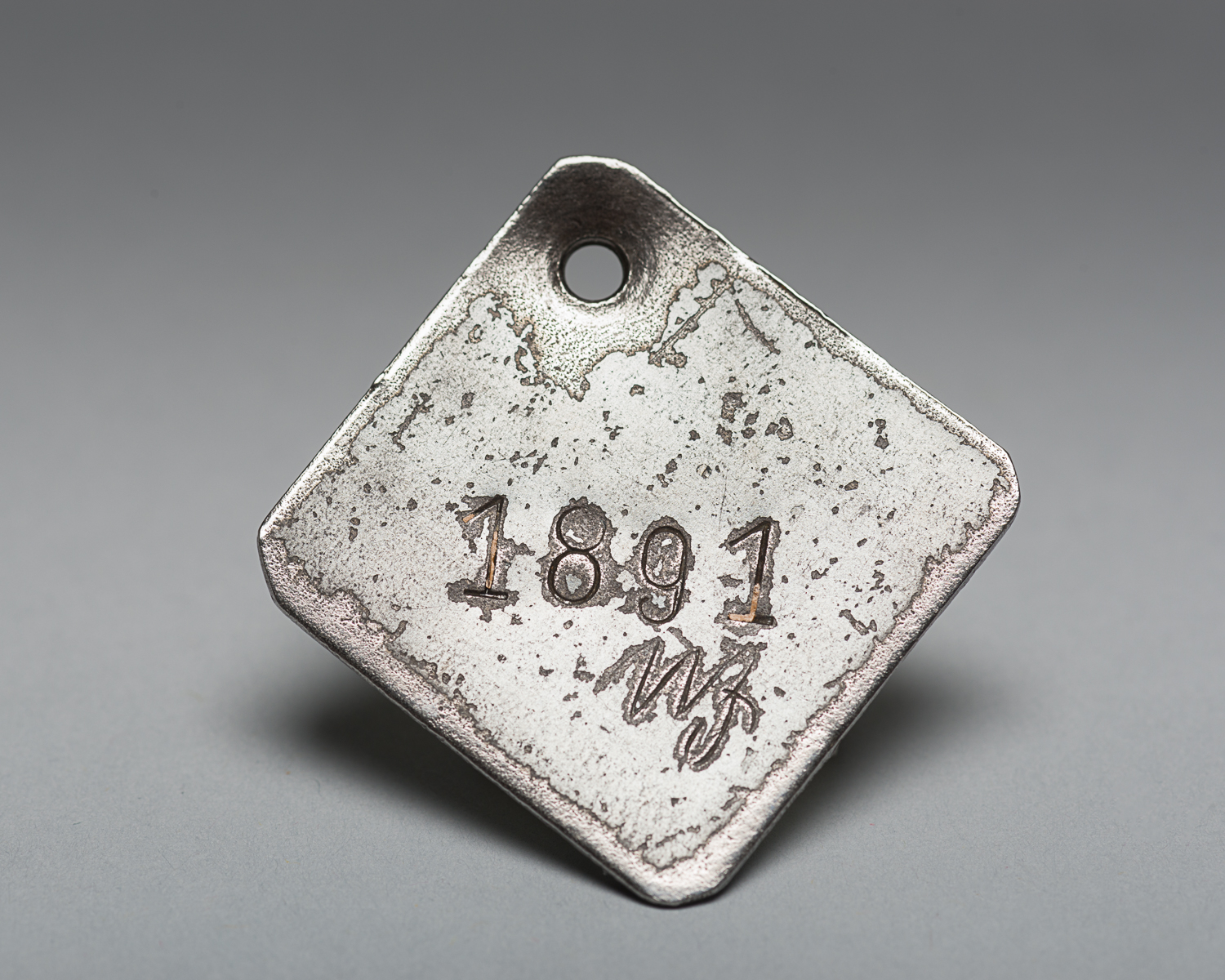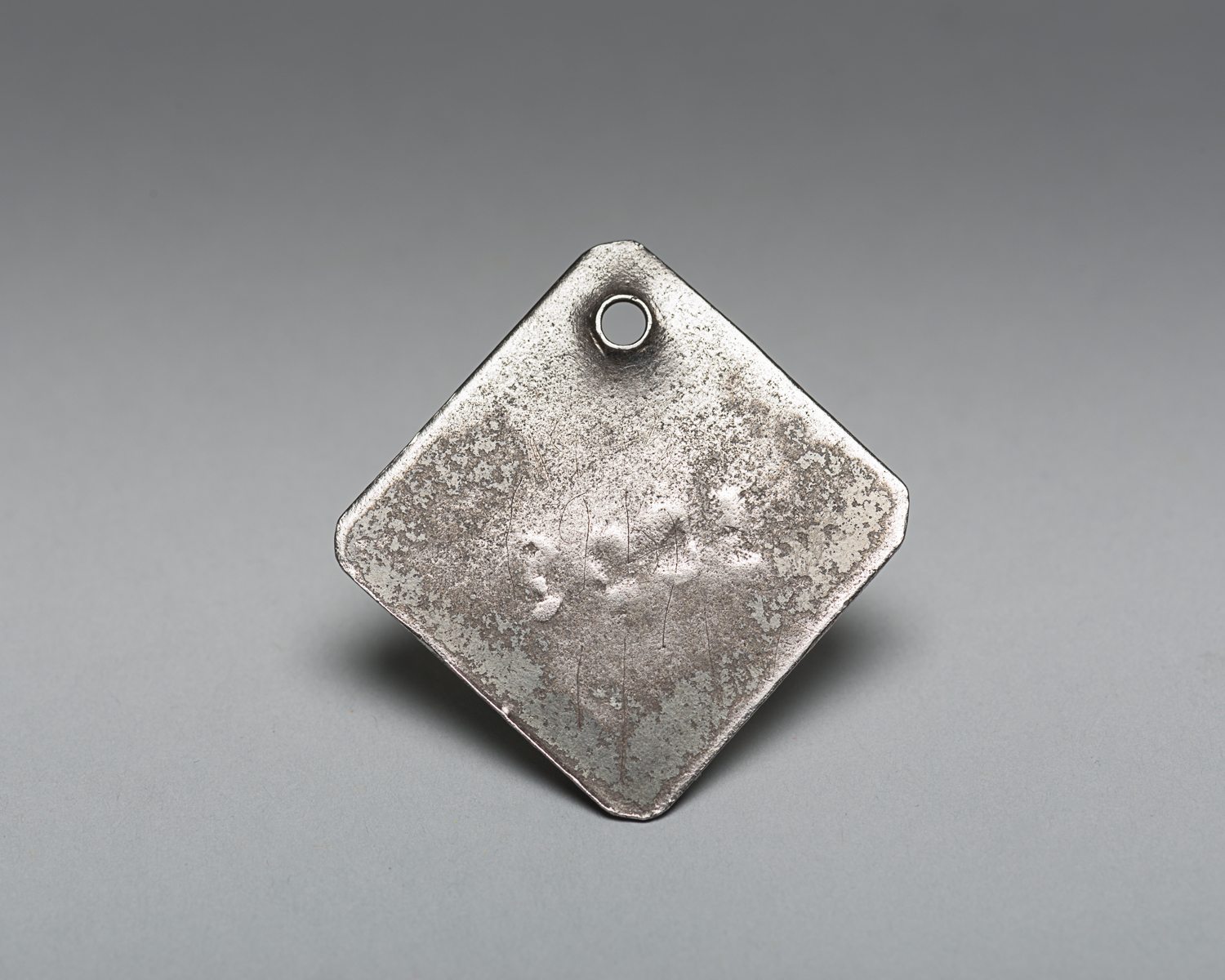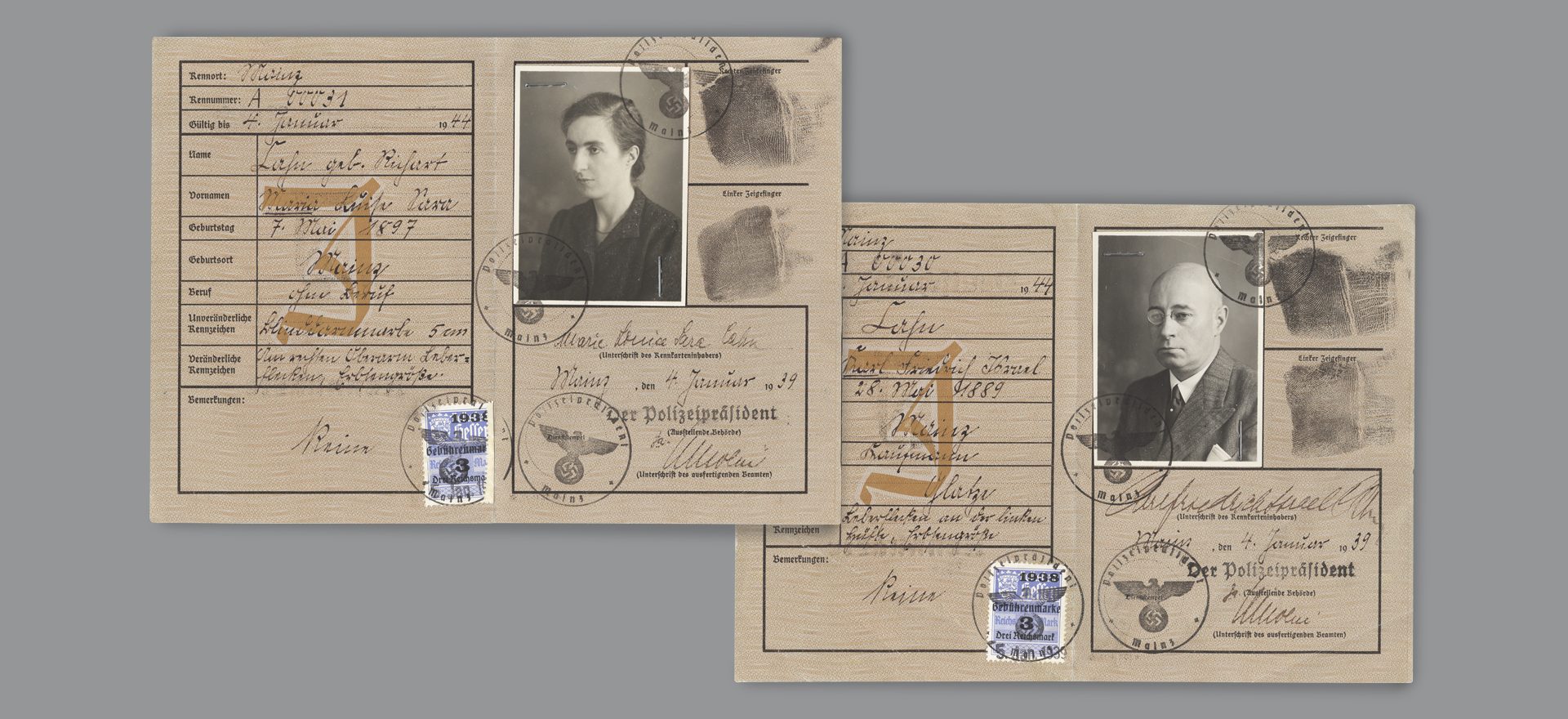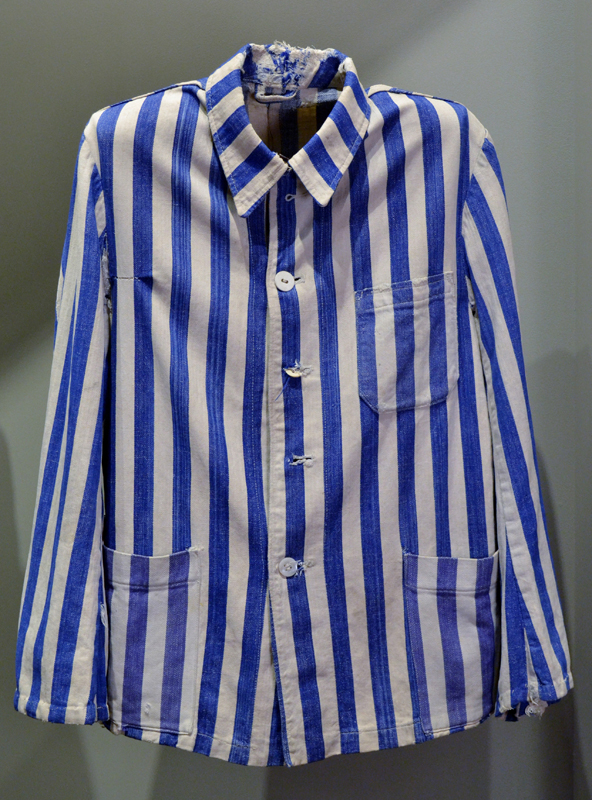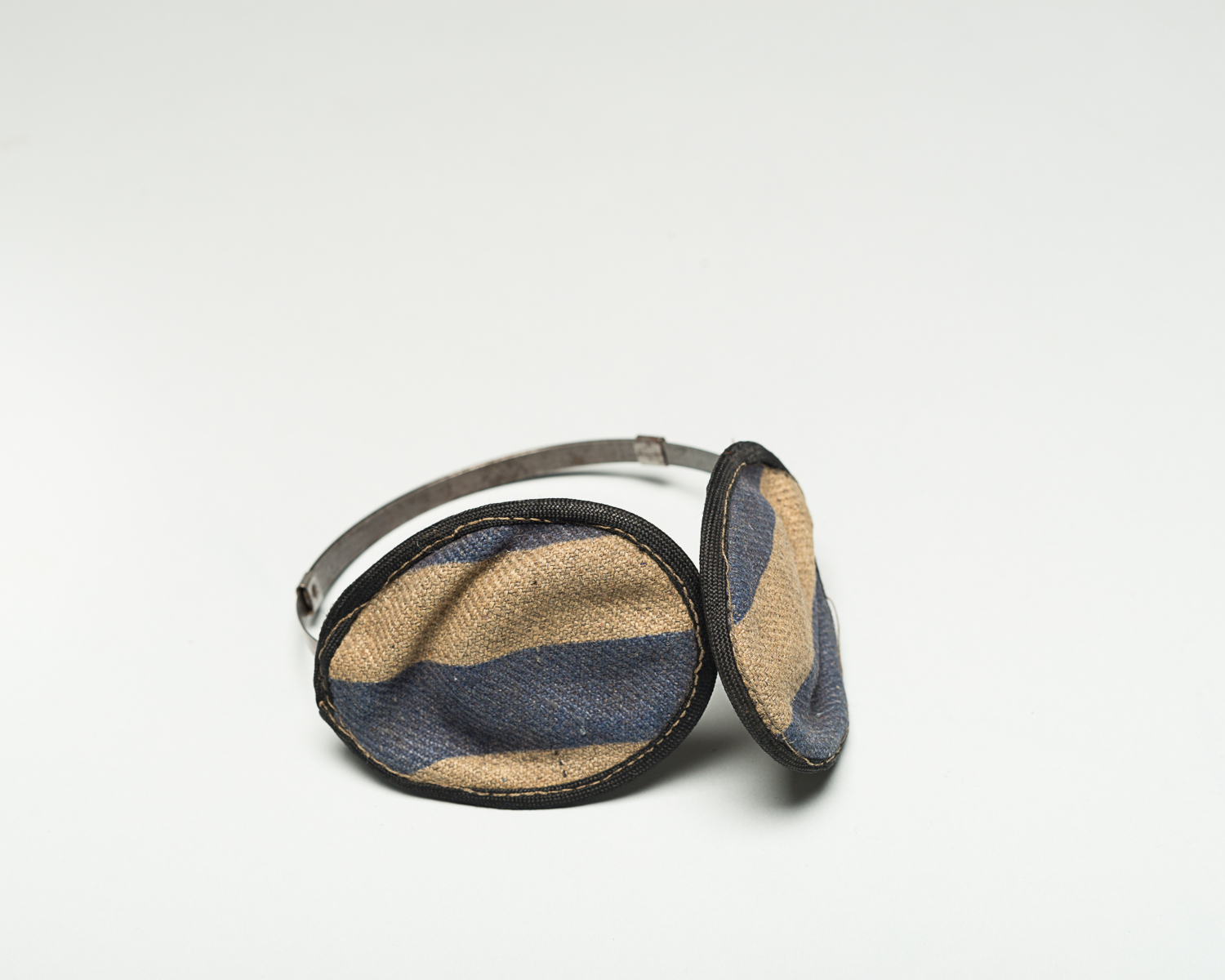This identification tag was given to Harry Taichman when he was prisoner of Majdanek camp. A hole at the top of the tag allows for tying it around the neck with a string. Harry’s prisoner number is engraved on the metal tag. Because it started with the number 18, Harry believed that he would survive.
In Hebrew, the word ‘chai’ (Life) is written with the letters yud and ches, the 10th and 8th letters of the alphabet. This is why the number 18 is associated with life and is considered good fortune.
During his imprisonment in forced labour camps, Harry worked in different factories. He was liberated in January 1945 and returned to Poland where he married Bella. To avoid serving in the Polish army, he left for Germany in 1947. He then immigrated to Montreal where he settled with his wife.
Bella Tajchman donated this identification tag to the Museum in 2013.
This project is part of the implementation of the Plan culturel numérique du Québec.